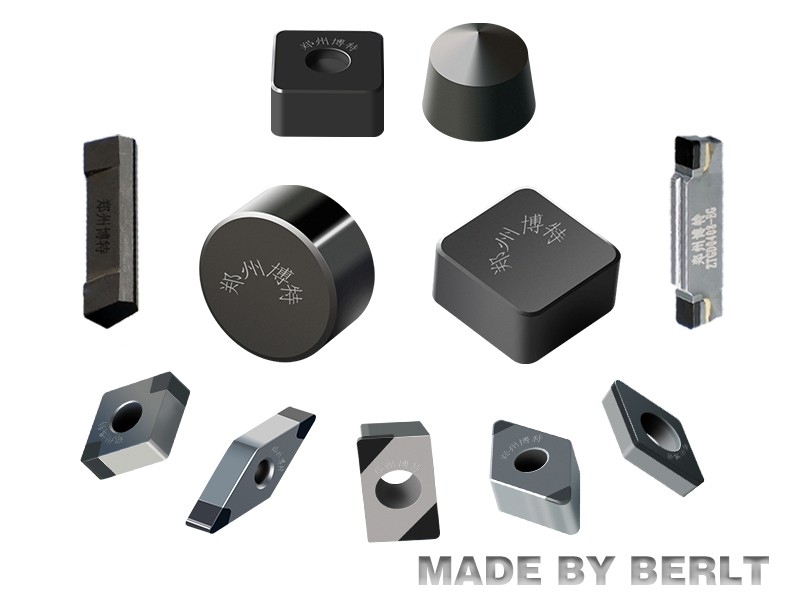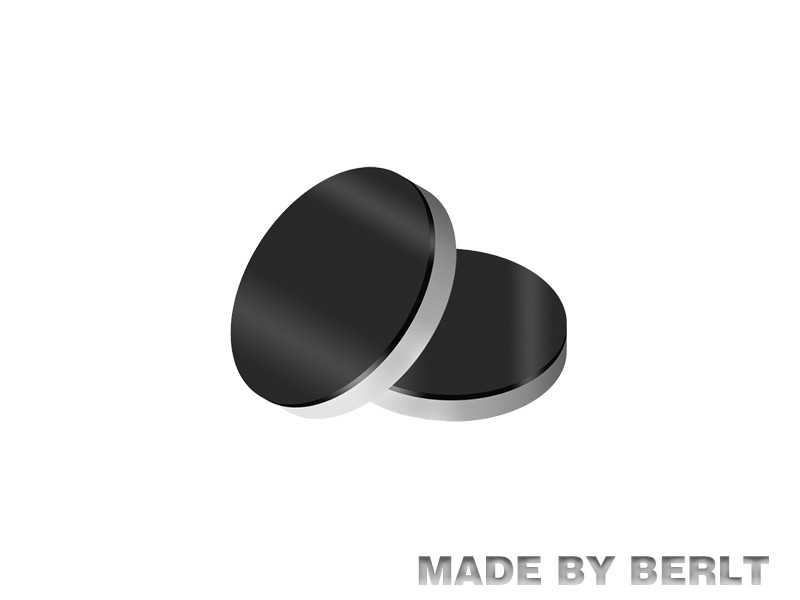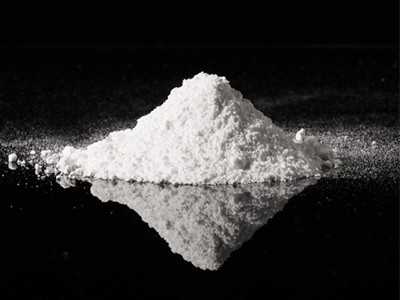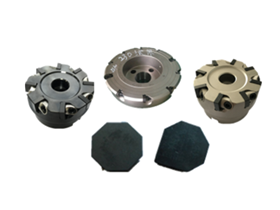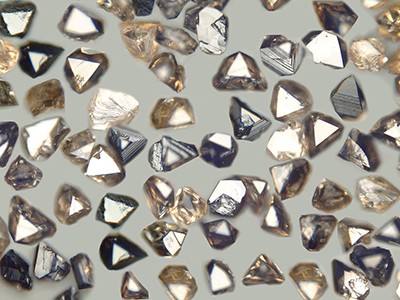Hexagonal boron nitride powder demonstrates significant application advantages in crucible furnace lining due to its unique layered crystal structure and outstanding physicochemical properties. The weak van der Waals forces between its atomic layers confer an extremely low coefficient of friction and excellent self-lubricating properties. At elevated temperatures, its friction coefficient remains stable around 0.16. Compared to traditional molybdenum disulfide and graphite lubricants, it exhibits superior resistance to high-temperature oxidation, maintaining lubricity even in oxidizing atmospheres at 900°C or vacuum environments at 2000°C. This characteristic makes it an ideal furnace lining material for melting high-temperature metals such as titanium alloys and stainless steel, effectively reducing friction wear between the molten metal and furnace walls.
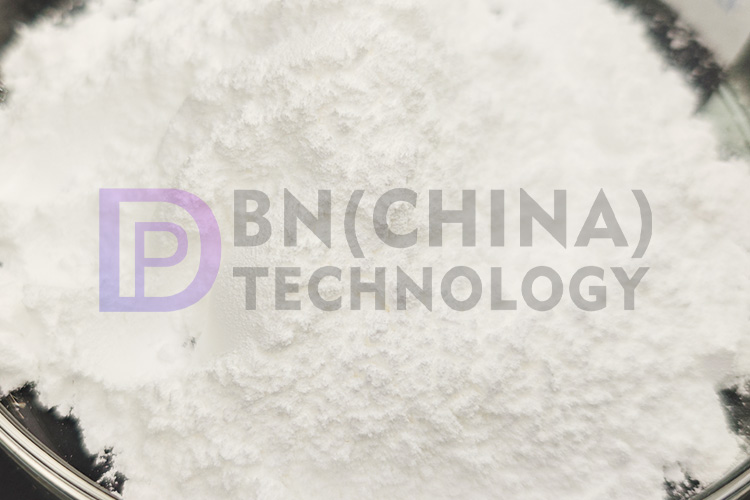
Chemical stability is the core advantage of hexagonal boron nitride powder. This material exhibits chemical inertness toward molten metals like aluminum, iron, and copper, showing no wetting reaction below 1200°C. This prevents the lining erosion issues caused by reactions between traditional acidic linings and aluminum or titanium elements in steel. Experimental data shows that titanium alloy melting crucibles lined with hexagonal boron nitride maintain smooth inner walls after 20 consecutive uses at 1800°C under vacuum conditions. In contrast, zirconia-lined crucibles exhibit significant flaking after just 10 uses under identical conditions. Its oxidation resistance extends to 900°C, with stable operation in air up to 1200°C and inert gas environments tolerating temperatures as high as 2800°C—far exceeding the temperature limits of conventional refractory materials.
The balanced thermal conductivity and insulation properties make hexagonal boron nitride powder exceptional in thermal management applications. Its thermal conductivity at room temperature reaches 33 W/(m·K), with a thermal expansion coefficient of only 2.6×10⁻⁶/℃, offering outstanding thermal shock resistance capable of withstanding frequent rapid temperature changes. Simultaneously maintaining high electrical resistance—with room-temperature conductivity ranging from 10¹⁴ to 10¹⁸ Ω·cm and remaining between 10¹⁴ and 10⁶ Ω·cm at 1000°C—it serves as an ideal high-temperature electrical insulator. This property enables its widespread application in semiconductor manufacturing, such as in CVD crucibles and thermocouple protection tubes, effectively conducting heat while preventing electrical leakage.
Regarding structural strength, hexagonal boron nitride crystals maintain grain stability in inert gases below 2000°C. At 1800°C, its strength increases by 15% compared to room temperature. This anomalous thermal strength ensures the structural integrity of furnace linings in high-temperature environments. Its flexible fabrication process allows for hot-pressing into dense ceramic bodies or compositing with alumina and silicon nitride to enhance mechanical properties, meeting diverse smelting requirements.
In practical applications, hexagonal boron nitride powder has successfully replaced graphite in components like glass melting pads and continuous casting machine break rings, extending service life by over threefold. In the nuclear industry, its boron content of 43.6% endows the material with exceptional neutron absorption capabilities, making it an ideal coating material for reactor control rods. With advancements in preparation technology, the production cost of high-purity hexagonal boron nitride powder continues to decrease, broadening its application prospects in high-temperature industrial furnace linings.
